I understand that 48 V is applied to both sides of the microphone signal with a 6.8k resistor (typically) as shown in this image:
I'm looking to add a device INLINE with a microphone that I want to power with phantom power (a mute switch using a proximity sensor essentially).
Here is an example of how I could "tap into" the 48 V (the part where they use it to light LEDs) and it's also the mute circuit.
Here is the thing I'm having a hard time with. When I model this up (granted in a janky modeler), I am not following how the 48 V continues down the path. It seems to quickly become almost nothing as the circuit gets back almost ground.
Again... I'm sure I'm screwing something up but maybe someone can explain it in a way that I understand.

